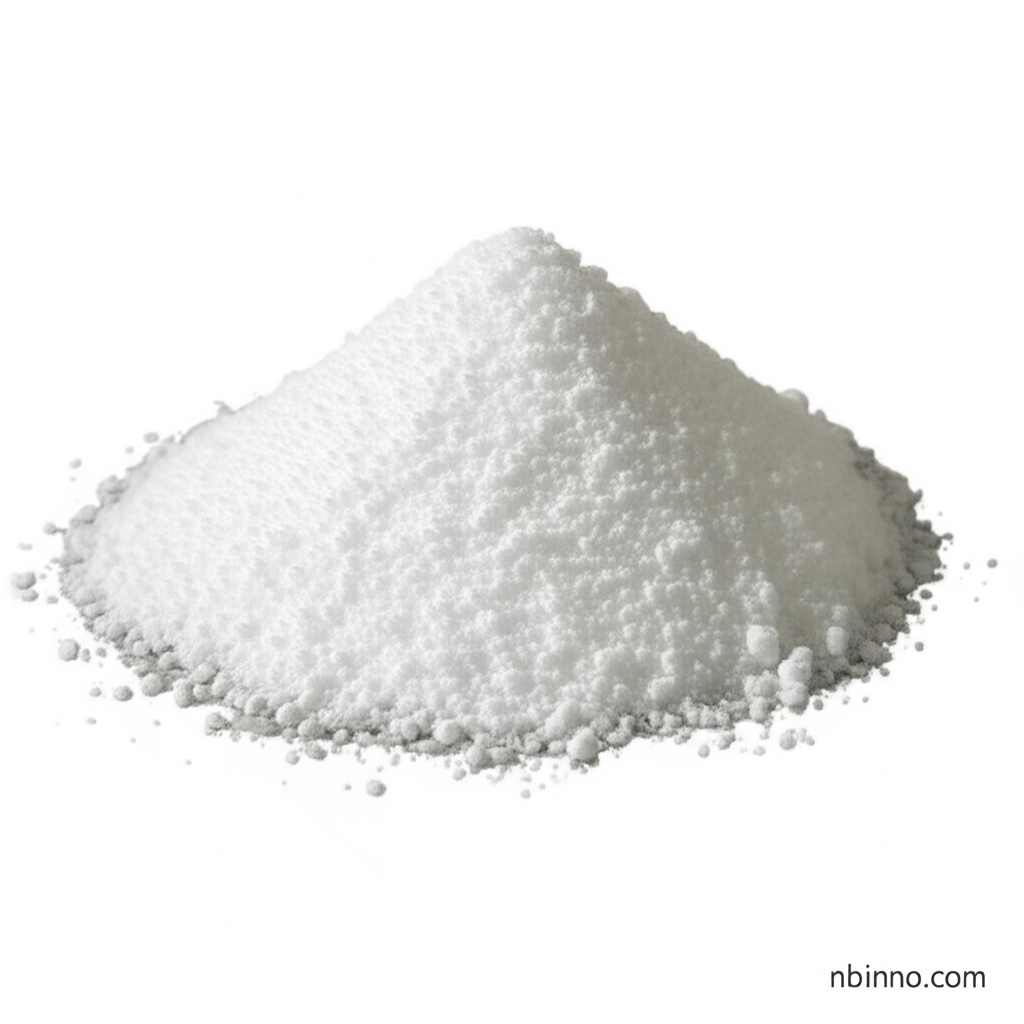Methyl Azetidine-3-carboxylate Hydrochloride: A Key Intermediate for Innovation
Discover the versatility of this essential building block for advanced pharmaceutical and agrochemical synthesis.
Get a Quote & SampleProduct Core Value

Methyl Azetidine-3-carboxylate Hydrochloride
This compound is a highly valuable intermediate in the chemical industry, particularly recognized for its role in the pharmaceutical intermediates sector. Its unique structural properties make it an excellent choice for organic synthesis, allowing researchers and manufacturers to develop complex molecules with enhanced biological activity. The reliability and consistent quality of this chemical building block are crucial for successful drug discovery and the creation of advanced agrochemical products.
- Explore the synthesis of pharmaceuticals using this key intermediate as a core building block in organic chemistry.
- Understand the applications of Methyl Azetidine-3-carboxylate Hydrochloride in developing novel drug candidates.
- Leverage the power of CAS 100202-39-9 for efficient agrochemical intermediate production.
- Inquire about the methyl azetidine-3-carboxylate hydrochloride price for your bulk chemical needs.
Product Advantages
Versatile Building Block
This compound serves as a versatile building block in organic synthesis, enabling the creation of a wide range of complex molecules for various industries.
Pharmaceutical Applications
Its primary use as pharmaceutical intermediates highlights its importance in the development of new drugs and therapeutic agents.
Agrochemical Contributions
The compound plays a role in the formulation of effective crop protection agents, contributing to advancements in the agrochemical sector.
Key Applications
Pharmaceutical Synthesis
Methyl Azetidine-3-carboxylate Hydrochloride is a vital component in the synthesis of pharmaceuticals, particularly for drug candidates targeting neurological disorders.
Organic Chemistry
As a versatile building block in organic chemistry, it aids researchers in developing new compounds with desired properties and functionalities.
Agrochemical Development
It is explored in the formulation of agrochemicals, contributing to the creation of more effective pesticides and herbicides.
Medicinal Chemistry Research
The compound is valuable in medicinal chemistry for studying enzyme interactions and metabolic pathways, aiding in the understanding of biological processes.
